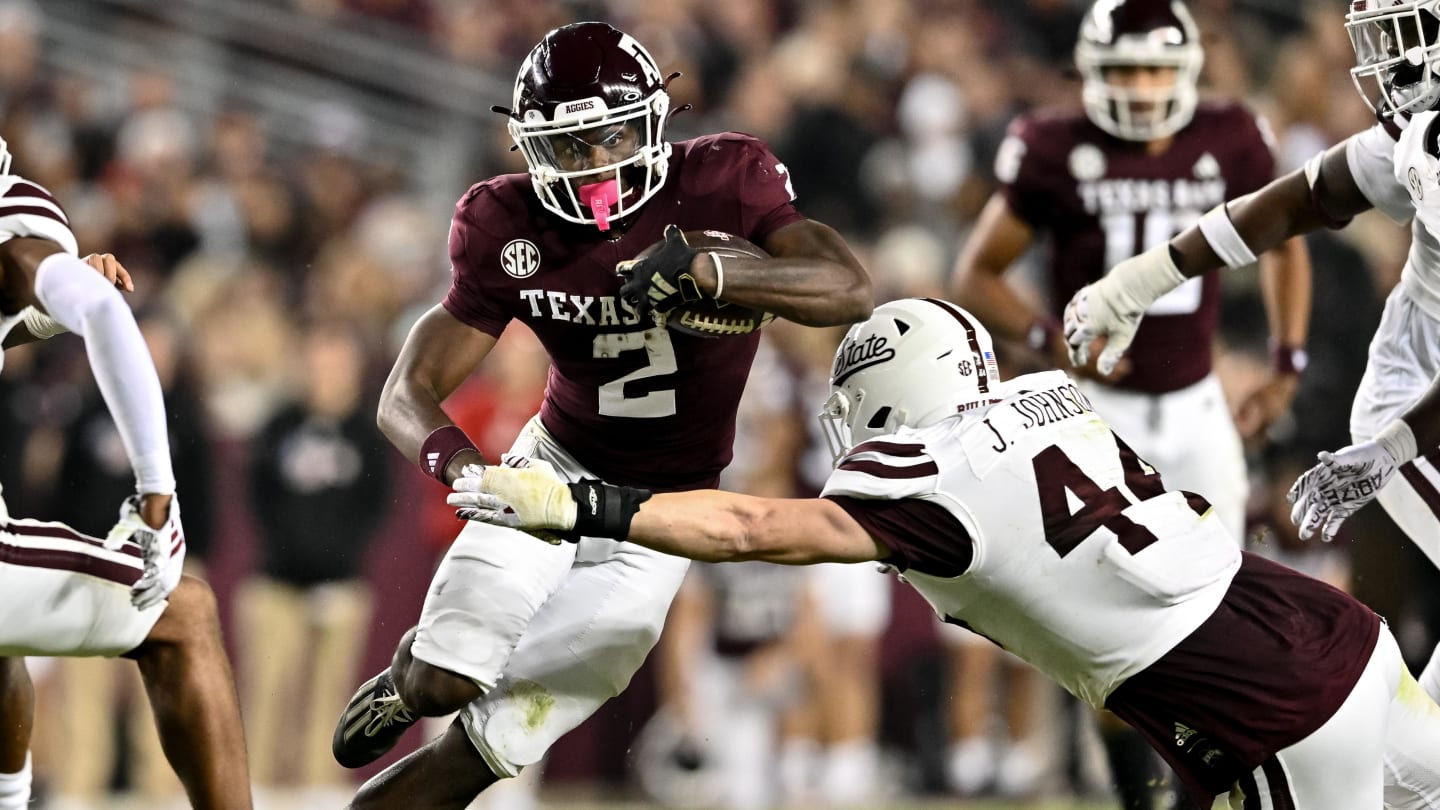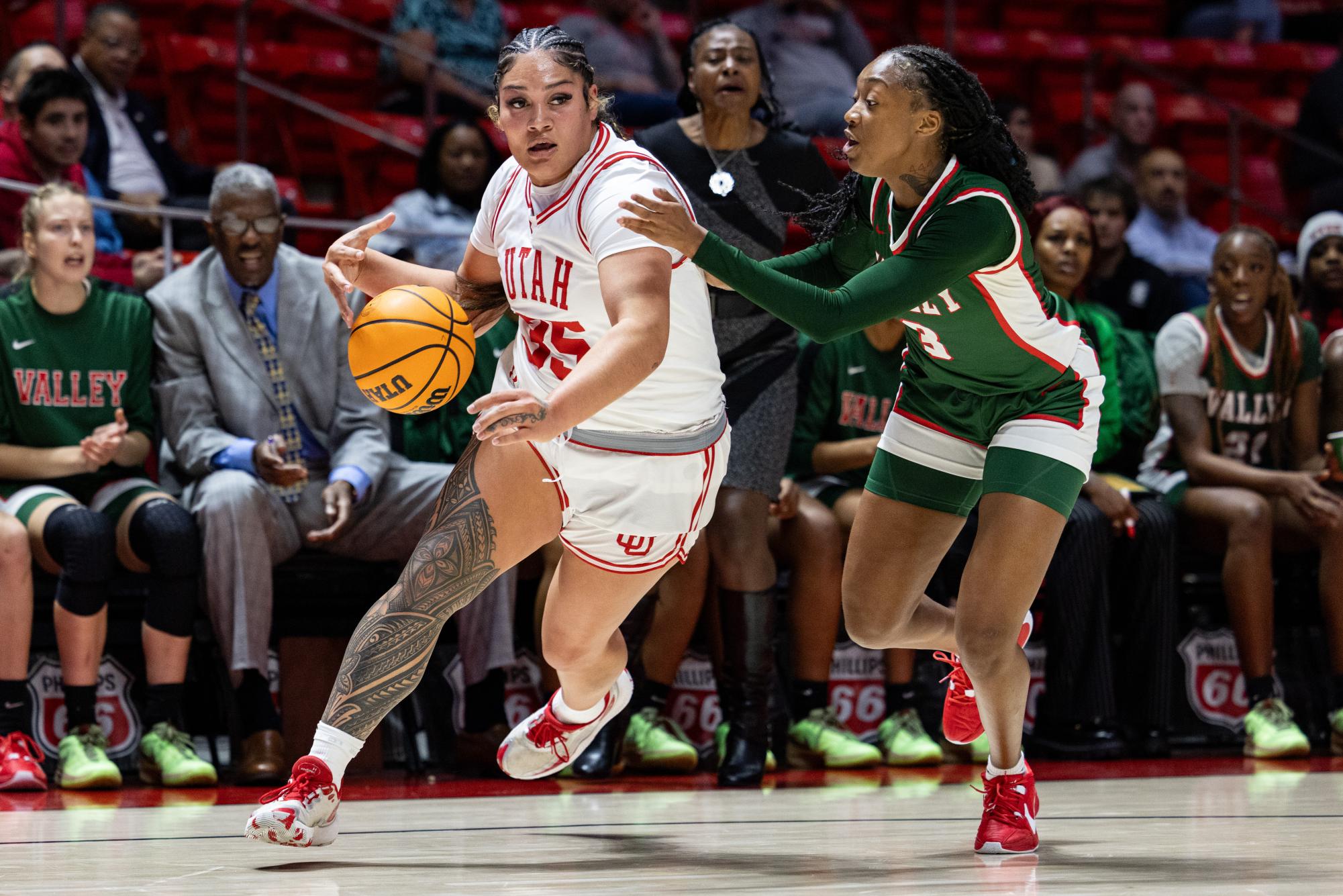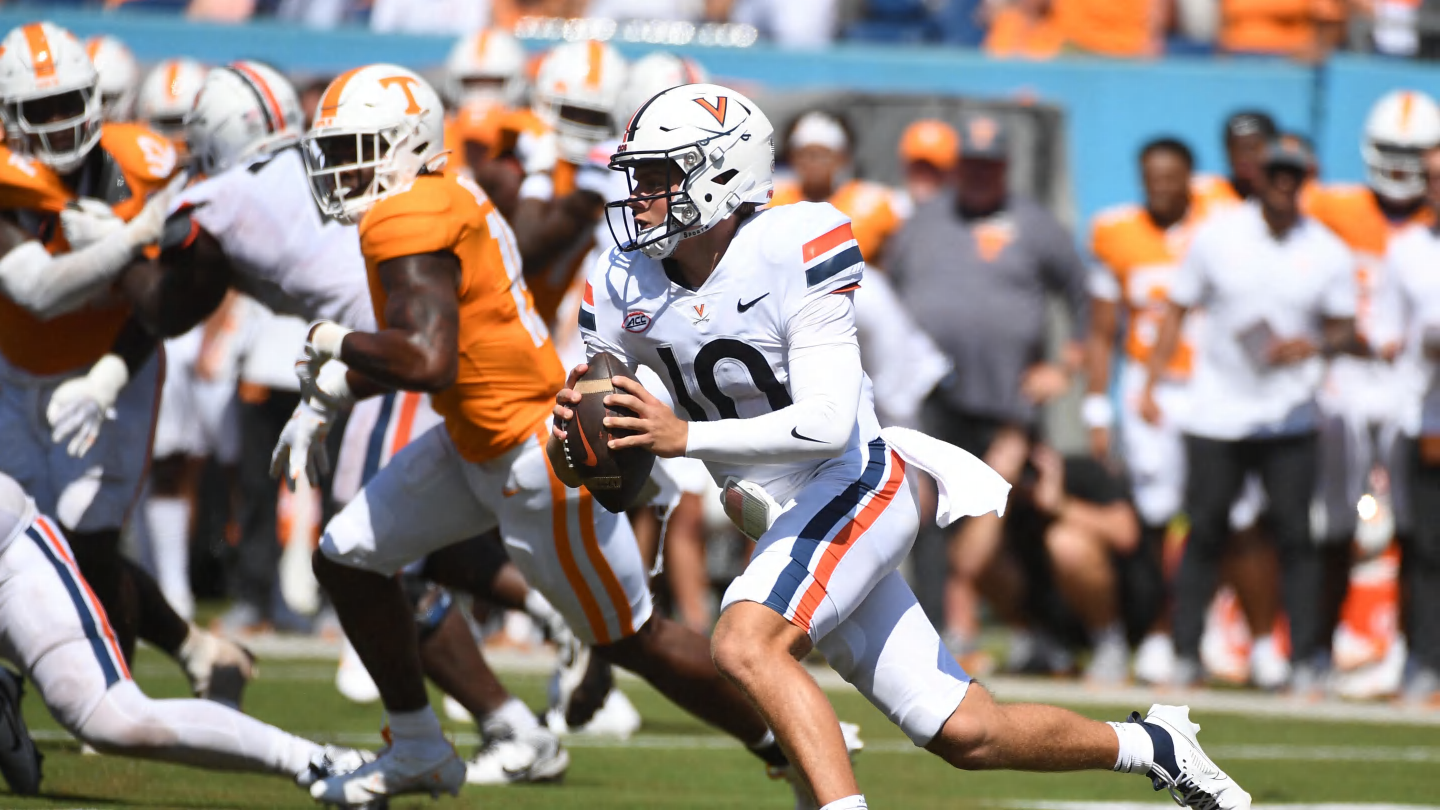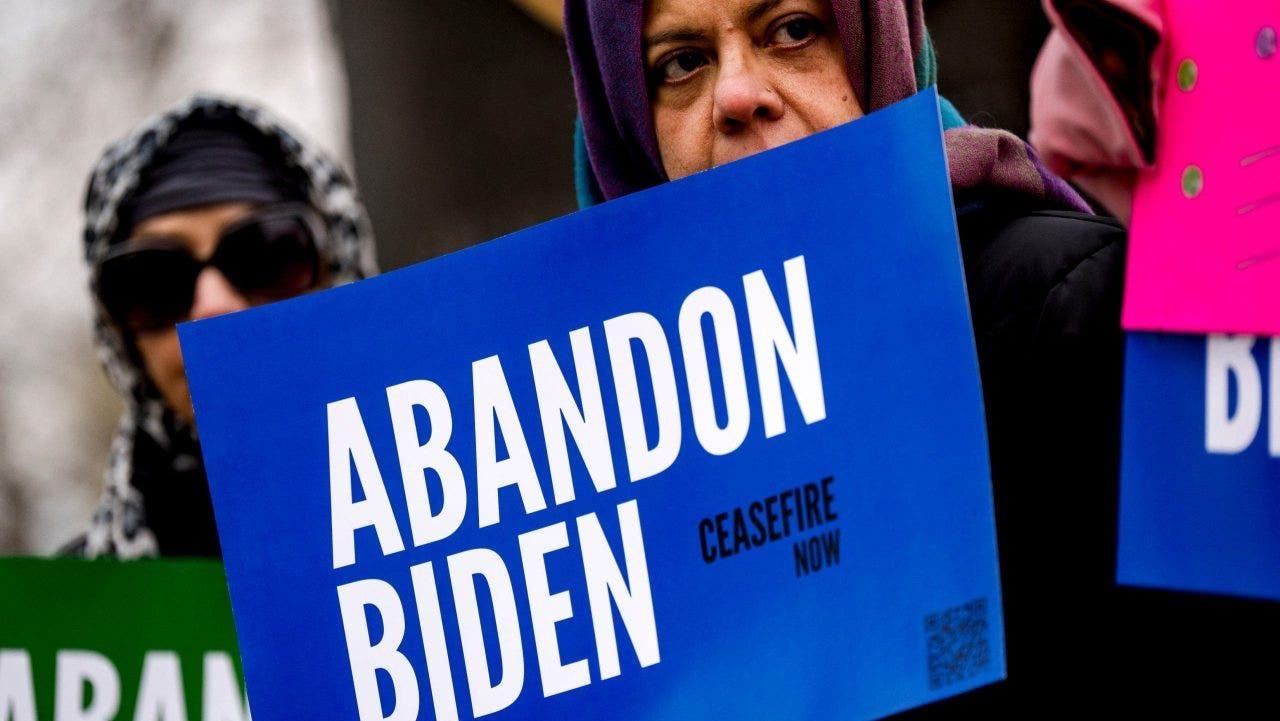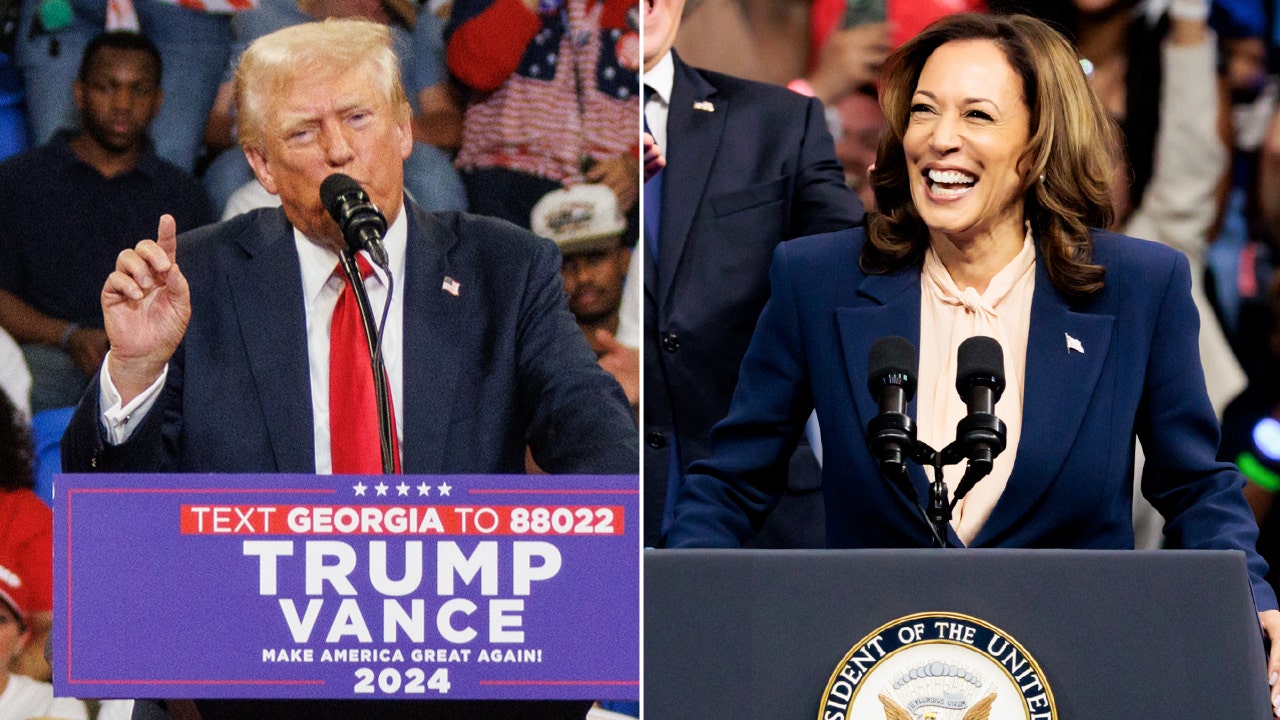World
Romanian authorities tow vehicles from Andrew Tate’s home after new human trafficking allegations
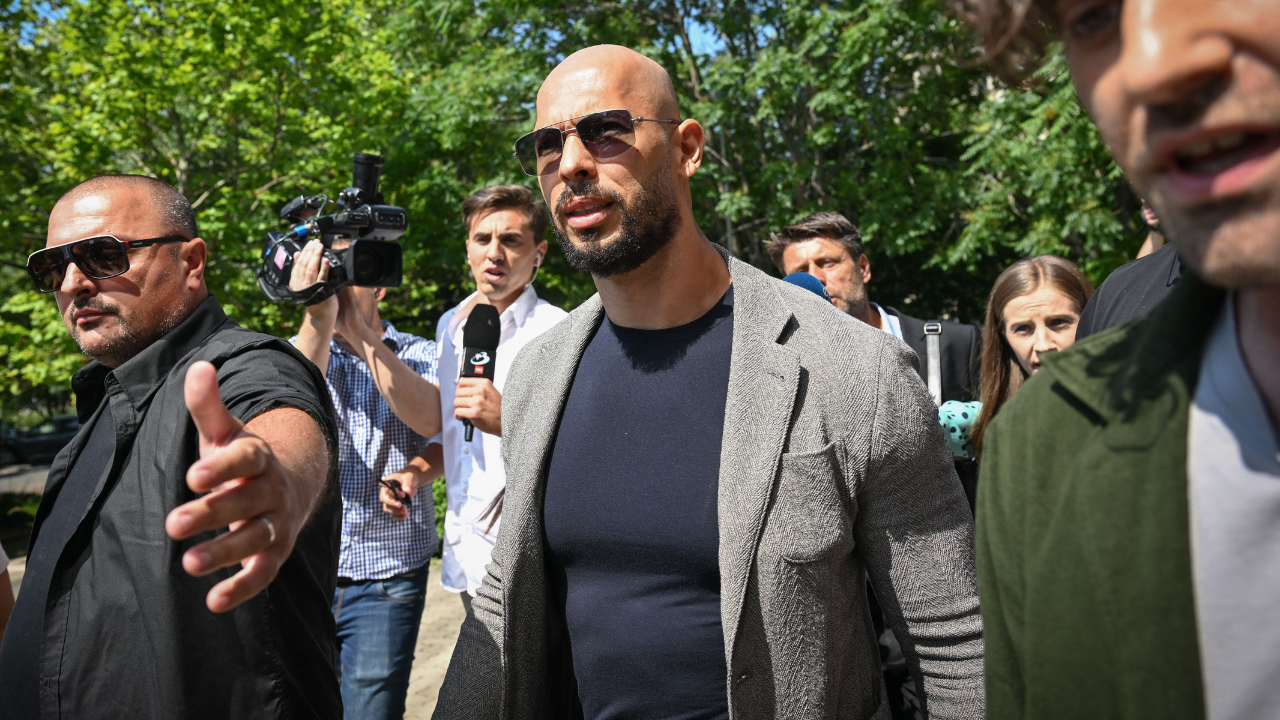
Romanian authorities towed away a fleet of luxury vehicles Saturday from the home of the divisive social media personality Andrew Tate, days after he was placed under house arrest following new human trafficking allegations.
Tate, 37, and his brother Tristan Tate, 36, both former kickboxers and dual British-U.S. citizens with millions of followers on social media and known for their misogynistic views, are already awaiting trial in Romania, along with two women. They were charged with human trafficking and forming a criminal gang to exploit women. Andrew Tate was also charged with rape in that case.
POLICE RAID ANDREW TATE’S HOME IN ROMANIA AS NEW ALLEGATIONS INVOLVING MINORS SURFACE
The luxury vehicles, impounded from their home near the capital, included a Ferrari, a Lamborghini, a Mercedes-Benz, McLaren and a more humble-looking classic red Lada. The seizure came two days after Romania’s anti-organized crime agency, DIICOT, raided four homes in Bucharest and nearby Ilfov county and detained six people, including the Tate brothers. Officers also confiscated thousands of dollars in cash, laptops and data storage drives.
A dog sits near sports cars parked in the yard of Andrew Tate’s residence on the outskirts of Bucharest, Romania, on Saturday. (AP Photo/Vadim Ghirda)
One of the Tates’ lawyers, Georgiana Popa, told reporters outside the brothers’ home Saturday that the seizures are “legal, but unfounded” and said it has been contested.
“The cars are not (the brothers’) property,” she said, without providing additional information.
The Tate brothers appeared on Thursday at a Bucharest court as prosecutors sought to remand them in custody. But a judge denied that request and placed Andrew Tate under house and Tristan Tate under judicial control, which typically involves restricting contact with certain people and having to periodically report to the police. The brothers’ spokesperson, Mateea Petrescu, said that the Tates firmly deny all allegations against them and “remain steadfast in proving their innocence.”
In the new case, DIICOT, said that it’s investigating allegations of human trafficking, including the trafficking of minors, sexual intercourse with a minor, forming an organized criminal group, money laundering, and influencing statements.
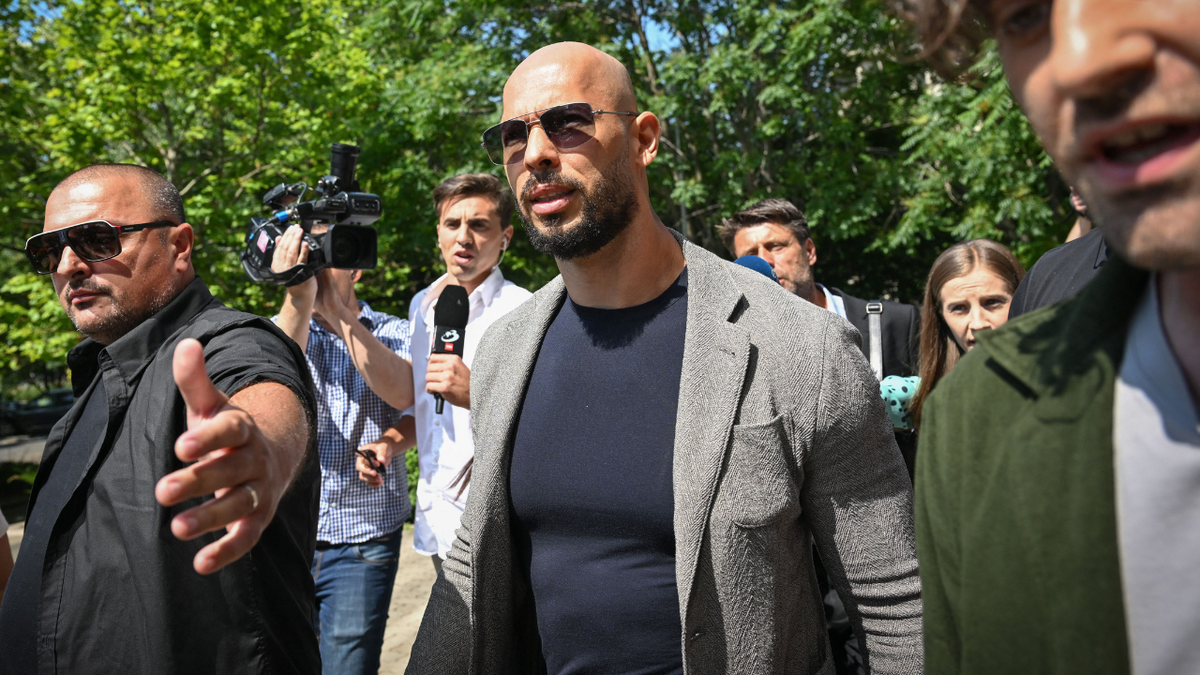
Controversial influencer Andrew Tate arrives at the Municipal Court of Bucharest, Romania, June 21, 2023. (Daniel Mihailescu/AFP via Getty Images)
The agency also said the defendants used the coercive “loverboy” method to exploit 34 vulnerable victims, who were forced to produce pornographic materials for a fee online, and that more than $2.8 million (2.5 million euros) it generated was kept by the defendants.
An unnamed foreign man also sexually exploited a 17-year-old foreigner, DIICOT alleges, and said that he kept all of the $1.5 million (1.3 million euros) made from the criminal activity. The same man “repeatedly had sexual relations and acts” with a 15-year-old, the agency alleges.
Andrew Tate, who has 9.9 million X followers, has repeatedly claimed that prosecutors have no evidence against him and that there is a political conspiracy to silence him. He was previously banned from various social media platforms for misogynistic views and hate speech.
Authorities have previously confiscated some of the brothers’ assets.
After the Tates’ arrest in December 2022, authorities seized 15 luxury cars, 14 designer watches and cash in several currencies. The total value of the goods, authorities said at the time, was estimated at 3.6 million euros ($3.9 million). In April, the Bucharest Tribunal ruled the prosecutors’ case file against them met the legal criteria and that a trial could start, but didn’t set a date for it to begin.
Last month, a court overturned an earlier decision that allowed the Tate brothers to leave Romania as they await trial. The court’s decision is final and can’t be appealed.

World
Why NBA Is Seeking Dismissal of TBS, WBD Lawsuit

In a comprehensive memorandum of law urging New York Judge Joel M. Cohen to dismiss TBS and Warner Bros. Discovery’s breach of contract lawsuit against the NBA, league attorneys Friday blasted the case as defying basic contract law principles and misconstruing a right to match.
Last month, TBS and WBD sued in the aftermath of the NBA concluding that the plaintiffs failed to match an offer by Amazon to broadcast games from 2025-26 through 2035-36. The NBA officially recognized Amazon Prime Video, Disney’s ABC/ESPN and NBC/Peacock as the league’s next media partners, and they’ll pay $76.9 billion over the course of the deals. TBS (in part through TNT) will no longer be the league’s primary media partner, a role it has enjoyed for 35 years. But TBS and WBD say they invoked a right to match Amazon’s offer and thus should remain tied to the league.
The motion to dismiss memorandum, authored by Robert A. Sacks and other attorneys from Sullivan & Cromwell as well as by NBA executives Rick Buchanan and Dan Spillane, asserts TBS and WBD’s theory fails for several reasons.
First, the NBA argues TBS’s matching rights—which are contained in a 2014 contract between TBS and the NBA granting TBS the right to distribute NBA games on the TNT linear cable television network through the 2024–2025 season—doesn’t authorize a match of Amazon’s offer. Amazon’s delivery of games is through streaming, whereas linear means TV channels that are “programmed in a time sequence, with content offered in a particular order and at a specific time.”
The 2014 contract also didn’t give TBS the right to distribute games on the Internet, the league points out. In contrast, Amazon’s offer says it “is the NBA’s first ‘streaming-only package” and makes clear Amazon is receiving “no over-the-air broadcast, cable, satellite or other linear television rights.”
The NBA acknowledges that NBA games are streamed on Max, which is owned by WBD, but maintains that is a fact without relevant legal significance in this dispute. The league says the “source of the rights” to stream games on Max is not the NBA/TBS 2014 contract, but instead a separate contract between NBA Media Ventures and Bleacher Report and that—most relevantly here—lacks a matching provision.
Second, the NBA maintains that even if TBS could match Amazon’s offer, its attempt to do so was an air ball. The league says TBS cannot “fundamentally change the method of distribution required by Amazon’s offer,” namely by moving games that would be streamed to linear cable TV. The NBA notes that TBS could have matched NBCUniversal’s “separate, more expensive third-party offer,” since it contemplates linear TV distribution rights. Instead, TBS tried to match the less expensive Amazon offer and, the NBA contends, unilaterally rewrote that offer’s terms.
Third, the NBA maintains that instead of matching Amazon’s offer, TBS took Amazon’s offer, rewrote key terms to advance TBS’s interests and then announced it had accepted the revised version. The NBA says that’s not a match, but instead a new document that neither Amazon nor the NBA would accept and that, by itself, doesn’t do anything. The matching provision from the 2014 agreement, the NBA contends, “unambiguously required” that TBS match each term of Amazon’s offer.
The league says TBS revised eight of 27 sections, altered 11 defined terms, crossed out about 300 words and brought in more than 270 new words. One alleged change involves the financial security of payments. Amazon agreed to maintain an escrow account that contains three years of rights fees, an amount in the ballpark of $5.4 billion since Amazon will pay about $1.8 billion a year. These fees will be automatically deducted. TBS, in contrast, has (as the NBA tells it) agreed to provide the league “with syndicated letters of credit that the NBA can access only if TBS’s payments are late.”
To be clear, a defendant’s motion to dismiss is an advocacy document, meaning, like a plaintiff’s complaint, it offers a one-sided view of the key issues. Attorneys for TBS and WBD will have the chance to attempt to rebut the NBA’s arguments. As Sportico detailed, the plaintiffs have insisted that the technological distinction between streaming and linear is not as bright line as the NBA paints it, including because (they claim) 70% of Prime video watching “occurs on a television” and because, like Amazon Prime, TNT and Max are distributed via the Internet. TBS and WBD thus insist they could and did match Amazon’s offer, despite the NBA’s insistence they couldn’t and didn’t.
Legal disputes over matching provisions have a long history in the sports industry, among other industries. They usually center on the degree to which a “match” can change an offer before the changes become too substantial that it is no longer a match. Here, the NBA asserts not only has TBS dramatically altered Amazon’s offer but that, as a matter of first principle, TBS literally couldn’t match Amazon’s offer.
World
Sudan army chief criticises Geneva talks, vows to continue fighting RSF

Sudan’s de facto ruler, army chief Abdel Fattah al-Burhan, has said his government would not join peace talks in Switzerland, saying the military would “fight for 100 years” if necessary to defeat the paramilitary Rapid Support Forces (RSF).
Burhan, who leads the governing Transitional Sovereignty Council, told reporters in Port Sudan on Saturday that the talks aim to “whitewash” the RSF and countries that support the paramilitaries.
“We will not put down our weapons as the rebellion continues. We will not co-exist with the rebels and we will not forgive them,” he said.
The United States opened talks in Switzerland on August 14, which concluded on Friday, aimed at easing the human suffering and achieving a lasting ceasefire.
Saudi Arabia, Egypt and the United Arab Emirates also acted as mediators in the talks, which aimed to secure more aid as Sudanese civilians face famine, mass displacement and disease.
While an RSF delegation showed up, the Sudanese Armed Forces (SAF), led by Burhan, were unhappy with the format and did not attend. But they were in telephone contact with the mediators.
“Though we were in consistent communication with SAF virtually, we regret their decision not to be present, and we believe that limited our ability to make more substantial progress towards key issues, particularly a national cessation of hostilities,” the mediators said in a statement on Friday.
The war in Sudan, which began last year, has led to one of the world’s worst humanitarian and displacement crises.
The Sudanese army and the RSF – under Mohamed Hamdan Dagalo, better known as “Hemedti” – have been vying for power and control of the African country of 46 million people.
Rights groups have called on both sides to avoid civilian harm and enable humanitarian access.
More than 25 million people are facing acute hunger across Sudan, according to the Integrated Food Security Phase Classification (IPC), a United Nations-backed body that monitors global hunger.
The war has also displaced more than 10 million people and triggered a public health disaster.
Last week, the warring parties agreed to improve access for humanitarian aid, with two routes identified to ensure the flow of resources to civilians, mediators said.
One was the Adre border crossing with Chad, which leads into the Darfur region. The other was along the Dabbah Road from Port Sudan on the Red Sea.
US Sudan envoy Tom Perriello told a press conference in Geneva on Friday: “We hope that this will be a source of momentum for much bigger steps and progress down the road.”
But he acknowledged that progress had been slow due to the absence of the SAF — and the results were inadequate to address the scale of the humanitarian crisis.
Moreover, overlapping efforts in pursuit of a ceasefire, including Saudi- and US-led talks in Jeddah, have not eased the fighting.
“We do believe that the national cessation of hostilities is possible. We know that that is going to take a great deal of work,” Perriello said.
In an interview with Al Jazeera on Friday, Cameron Hudson, a senior fellow for the Center for Strategic and International Studies in Washington, DC, said that the international community has failed to exert the necessary pressure to ensure decisive action in Sudan.
“These are two armies that are caught in a pitched, existential battle. The last thing that they’re interested in is respecting agreements that they don’t see themselves as parties to,” he said.
“So I think the only thing that’s going to change their outlook is if we bring real pressure to bear — if there are consequences for not showing up in Geneva.”
World
Sensors can read your sweat and predict overheating. Here's why privacy advocates care
On a hot summer day in Oak Ridge, Tennessee, dozens of men removed pipes, asbestos and hazardous waste while working to decontaminate a nuclear facility and prepare it for demolition.
Dressed in head-to-toe coveralls and fitted with respirators, the crew members toiling in a building without power had no obvious respite from the heat. Instead, they wore armbands that recorded their heart rates, movements and exertion levels for signs of heat stress.
Stephanie Miller, a safety and health manager for a U.S. government contractor doing cleanup work at the Oak Ridge National Laboratory, watched a computer screen nearby. A color-coding system with little bubbles showing each worker’s physiological data alerted her if anyone was in danger of overheating.
“Heat is one of the greatest risks that we have in this work, even though we deal with high radiation, hazardous chemicals and heavy metals,” Miller said.
As the world experiences more record high temperatures, employers are exploring wearable technologies to keep workers safe. New devices collect biometric data to estimate core body temperature – an elevated one is a symptom of heat exhaustion – and prompt workers to take cool-down breaks.
The devices, which were originally developed for athletes, firefighters and military personnel, are getting adopted at a time when the Atlantic Council estimates heat-induced losses in labor productivity could cost the U.S. approximately $100 billion annually.
This article is part of AP’s Be Well coverage, focusing on wellness, fitness, diet and mental health. Read more Be Well.
But there are concerns about how the medical information collected on employees will be safeguarded. Some labor groups worry managers could use it to penalize people for taking needed breaks.
“Any time you put any device on a worker, they’re very concerned about tracking, privacy, and how are you going to use this against me,” said Travis Parsons, director of occupational safety and health at the Laborers’ Health and Safety Fund of North America. “There’s a lot of exciting stuff out there, but there’s no guardrails around it.”
VULNERABLE TO HEAT
At the Tennessee cleanup site, the workers wearing heat stress monitors made by Atlanta company SlateSafety are employed by United Cleanup Oak Ridge. The company is a contractor of the U.S. Department of Energy, which has rules to prevent on-the-job overheating.
But most U.S. workers lack protections from extreme heat because there are no federal regulations requiring them, and many vulnerable workers don’t speak up or seek medical attention. In July, the Biden administration proposed a rule to protect 36 million workers from heat-related illnesses.
From 1992 to 2022, 986 workers died from heat exposure in the U.S., according to the Environmental Protection Agency. Experts suspect the number is higher because a coroner might not list heat as the cause of death if a sweltering roofer takes a fatal fall.
Setting occupational safety standards can be tricky because individuals respond differently to heat. That’s where the makers of wearable devices hope to come in.
HOW WEARABLE HEAT TECH WORKS
Employers have observed workers for heat-related distress by checking their temperatures with thermometers, sometimes rectally. More recently, firefighters and military personnel swallowed thermometer capsules.
“That just was not going to work in our work environment,” Rob Somers, global environment, health and safety director at consumer product company Perrigo, said.
Instead, more than 100 employees at the company’s infant formula plants were outfitted with SlateSafety armbands. The devices estimate a wearer’s core body temperature, and a reading of 101.3 degrees triggers an alert.
Another SlateSafety customer is a Cardinal Glass factory in Wisconsin, where four masons maintain a furnace that reaches 3000 degrees Fahrenheit.
“They’re right up against the face of the wall. So it’s them and fire,” Jeff Bechel, the company’s safety manager, said.
Cardinal Glass paid $5,000 for five armbands, software and air-monitoring hardware. Bechel thinks the investment will pay off; an employee’s two heat-related emergency room visits cost the company $15,000.
Another wearable, made by Massachusetts company Epicore Biosystems, analyzes sweat to determine when workers are at risk of dehydration and overheating.
“Until a few years ago, you just sort of wiped (sweat) off with a towel,” CEO Rooz Ghaffari said. “Turns out there’s all this information packed away that we’ve been missing.”
Research has shown some devices successfully predict core body temperature in controlled environments, but their accuracy remains unproven in dynamic workplaces, according to experts. A 2022 research review said factors such as age, gender and ambient humidity make it challenging to reliably gauge body temperature with the technology.
The United Cleanup Oak Ridge workers swathed in protective gear can get sweaty even before they begin demolition. Managers see dozens of sensor alerts daily.
Laborer Xavier Allison, 33, was removing heavy pieces of ductwork during a recent heat wave when his device vibrated. Since he was working with radioactive materials and asbestos, he couldn’t walk outside to rest without going through a decontamination process, so he spent about 15 minutes in a nearby room which was just as hot.
“You just sit by yourself and do your best to cool off,” Allison said.
The armband notifies workers when they’ve cooled down enough to resume work.
“Ever since we implemented it, we have seen a significant decrease in the number of people who need to get medical attention,” Miller said.
COLLECTING PERSONAL DATA
United Cleanup Oak Ridge uses the sensor data and an annual medical exam to determine work assignments, Miller said. After noticing patterns, the company sent a few employees to see their personal physicians, who found heart issues the employees hadn’t known about, she said.
At Perrigo, managers analyze the data to find people with multiple alerts and speak to them to see if there’s “a reason why they’re not able to work in the environment,” Somers said. The information is organized by identification numbers, not names, when it goes into the company’s software system, he said.
Companies keeping years of medical data raises concerns about privacy and whether bosses may use the information to kick an employee off a health plan or fire them, said Adam Schwartz, privacy litigation director at the Electronic Frontier Foundation.
“The device could hurt, frankly, because you could raise your hand and say ‘I need a break,’ and the boss could say, ‘No, your heart rate is not elevated, go back to work,’” Schwartz said.
To minimize such risks, employers should allow workers to opt in or out of wearing monitoring devices, only process strictly necessary data and delete the information within 24 hours, he said.
Wearing such devices also may expose workers to unwanted marketing, Ikusei Misaka, a professor at Tokyo’s Musashino University, said.
A PARTIAL SOLUTION
The National Institute for Occupational Safety and Health advises employers to institute a plan to help workers adjust to hot conditions and to train them to recognize signs of heat-related illness and to administer first aid. Wearable devices can be part of efforts to reduce heat stress, but more work needs to be done to determine their accuracy, said Doug Trout, the agency’s medical officer.
The technology also needs to be paired with access to breaks, shade and cool water, since many workers, especially in agriculture, fear retaliation for pausing to cool off or hydrate.
“If they don’t have water to drink, and the time to do it, it doesn’t mean much,” Juanita Constible, senior advocate at the National Resources Defense Council, said. “It’s just something extra they have to carry when they’re in the hot fields.”
___
Yuri Kageyama in Tokyo contributed to this report.
-

 Minnesota6 days ago
Minnesota6 days agoReaders and writers: Plenty of thrills and danger in these Minnesota author’s mysteries
-
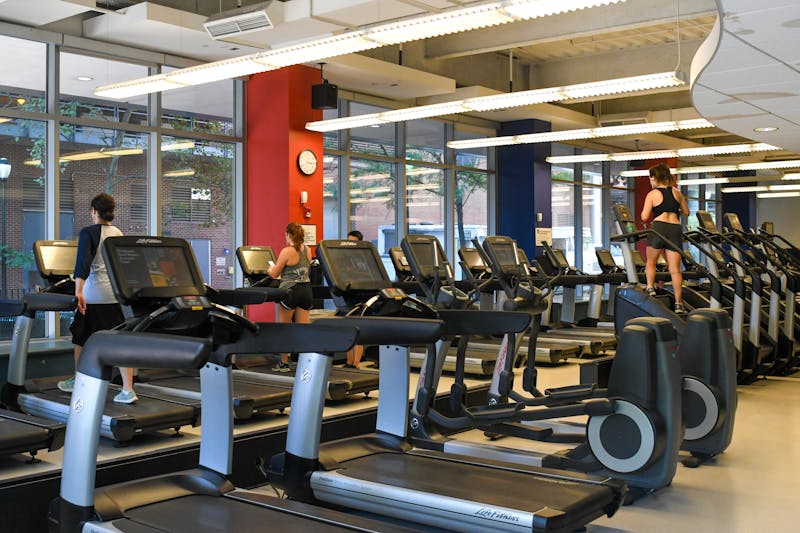
 Fitness1 week ago
Fitness1 week agoA Guide to Pottruck Health and Fitness Center
-

 News1 week ago
News1 week agoVideo: Biden and Harris Announce Deal to Lower Drug Prices
-
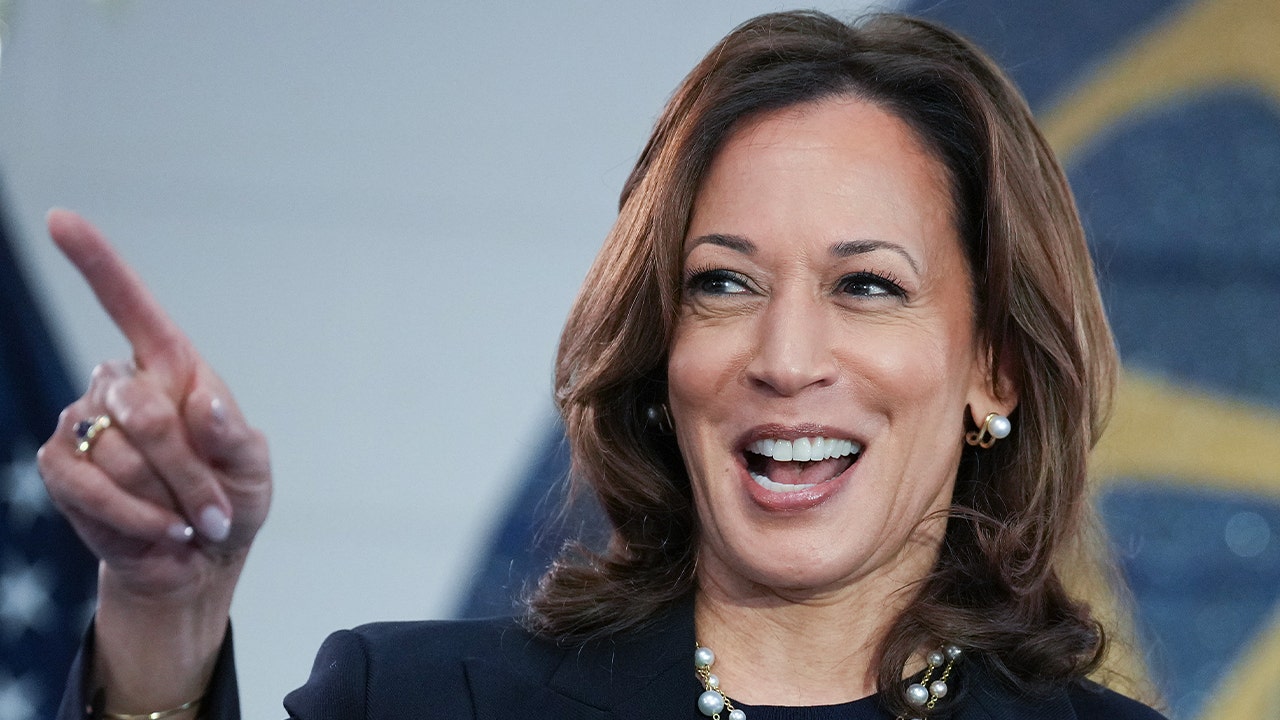
 Politics1 week ago
Politics1 week agoHarris dodging flip-flop attacks as faceless surrogates flip on key positions: 'Playing politics'
-

 Politics1 week ago
Politics1 week agoTrump assassination attempt: Secret Service makes big change to former president's outdoor rally security
-

 News1 week ago
News1 week agoHalf Their Land Burned in a Decade: The California Counties Constantly on Fire
-
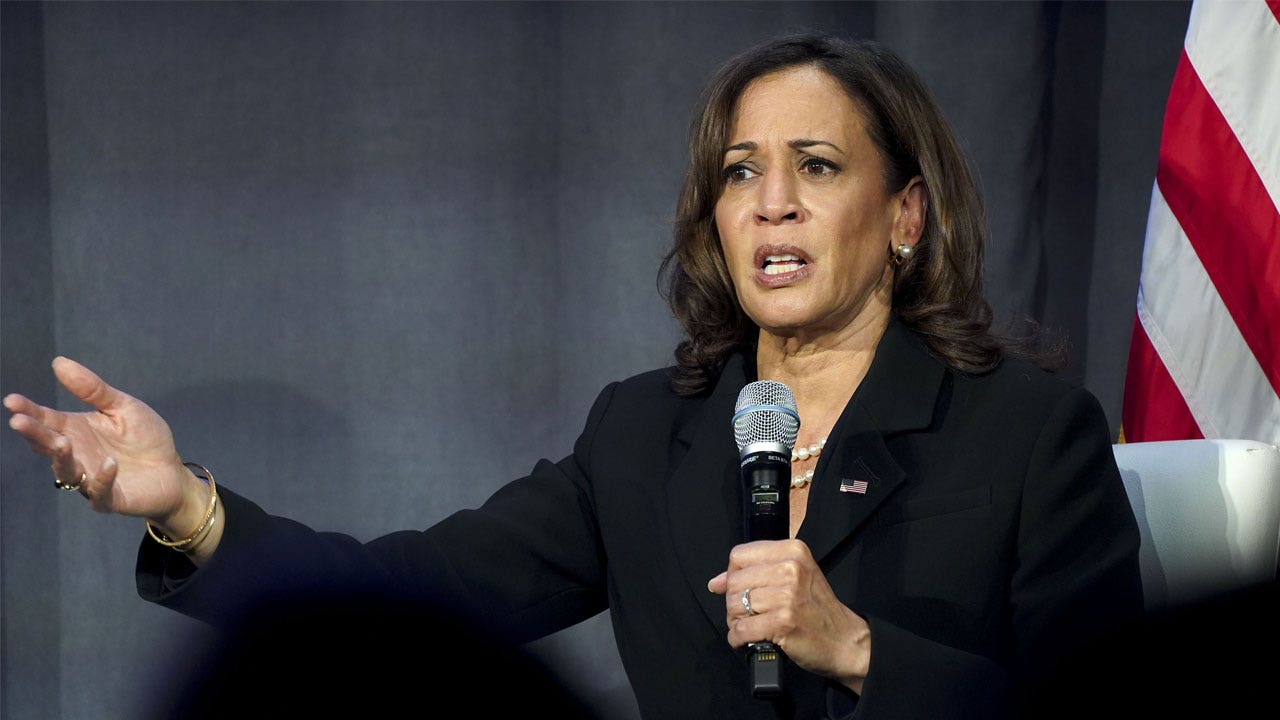
 Politics1 week ago
Politics1 week agoHarris camp silent on when VP will hold press conference as Trump preps to host his second in a week
-

 Politics1 week ago
Politics1 week agoHouse Oversight investigating Walz over 'longstanding connections' to China
